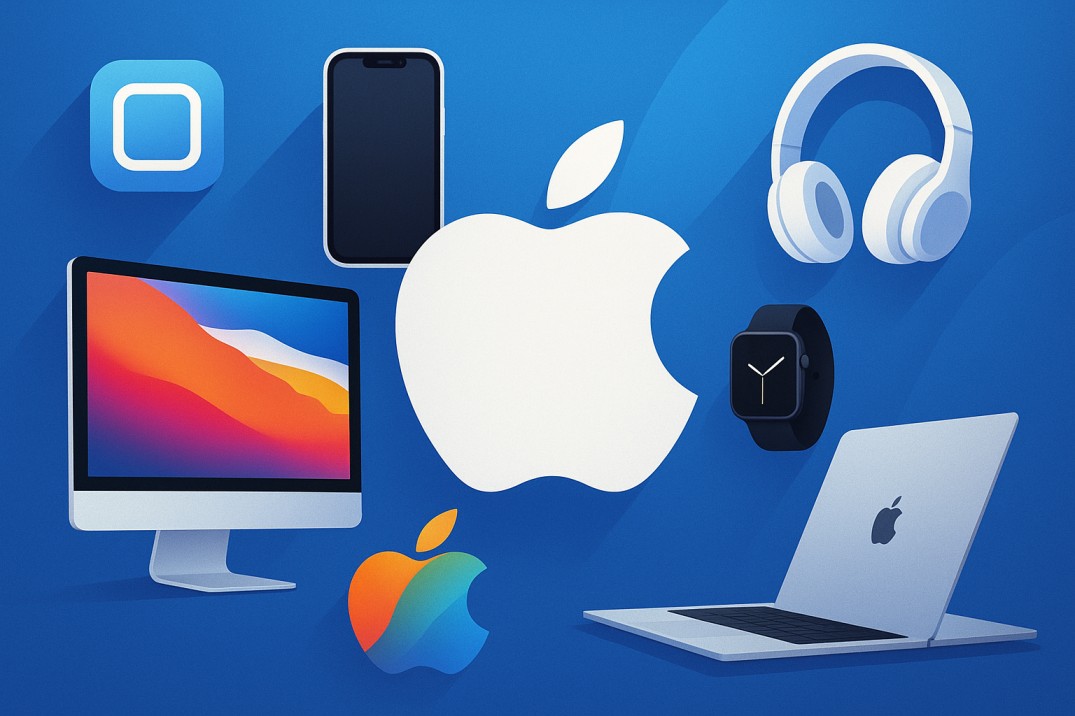How Apple’s Design Philosophy Built a Trillion-Dollar Brand

Apple’s rise from a niche computer maker to one of the world’s most powerful brands is a masterclass in design strategy. The company didn’t just build products — it crafted experiences that defined modern technology. A new case study highlights how Apple’s design-first approach, combined with disciplined branding and ecosystem thinking, transformed it into a trillion-dollar giant and a cultural touchpoint.
Background: The Origins of Apple’s Design Culture
Apple’s design philosophy dates back to its earliest days, but it accelerated when the company refocused on simplicity, minimalism, and function-first aesthetics. The iMac, iPod, and later the iPhone established a template: clean lines, intuitive interfaces, and seamless integration. This design language eventually became Apple’s identity — recognizable even without a logo.
Key Developments: Pillars of Apple’s Brand-Building Case Study
1. Simplicity as a Strategic Choice
Apple consistently removes complexity, not adds it. Less clutter, fewer buttons, cleaner menus — the company treats simplicity as a feature, not a limitation. This discipline shaped every major product line.
2. The Power of Consistency
Whether it’s packaging, typography, retail stores, or device interfaces, Apple maintains a uniform design language. This consistency builds trust and makes every product feel instantly familiar.
3. Hardware + Software Integration
Apple’s biggest differentiator has always been tight integration between hardware and software. Designing both in-house allows for smoother performance, better optimization, and a signature “just works” experience.
4. Emotional Product Marketing
Apple doesn’t sell specs — it sells feelings. Its marketing focuses on creativity, connection, and lifestyle rather than purely technical details, transforming gadgets into cultural symbols.
5. The Ecosystem Effect
Each product strengthens the value of others — iPhone with AirPods, Mac with iCloud, Apple Watch with Health. This ecosystem strategy keeps users loyal and creates a self-reinforcing brand loop.
6. Precision in Industrial Design
From aluminum unibody frames to curved corners and tactile buttons, Apple emphasizes craftsmanship. Attention to detail remains one of its strongest brand signatures.
Technical Explanation: What Makes Apple’s Design ‘Work’
Design at Apple blends form and function. Instead of treating aesthetics as decoration, Apple uses design to reduce cognitive load. A good example: the home button era symbolized a single, universal action. Today, gestures, haptics, and clean UI carry that philosophy forward. By removing friction, Apple makes technology feel less like a tool and more like a natural extension of the user.
Implications: Why Apple’s Design Case Study Matters
- For consumers: It shows why Apple products feel intuitive and durable.
- For businesses: It highlights how design can be a competitive advantage, not an afterthought.
- For the tech industry: Apple’s design-led playbook redefined smartphones, wearables, and even retail environments.
- For branding experts: Apple proves that clarity and consistency can scale into global influence.
Challenges & Limitations
No strategy is perfect, and Apple faces ongoing criticisms:
- Some argue minimalism limits customizability.
- High prices raise questions about accessibility.
- Design consistency can occasionally slow radical innovation.
- A design-first culture may overshadow user requests for practical features.
Still, Apple’s approach has proven resilient in a rapidly evolving industry.
Future Outlook
As Apple invests in spatial computing, AI-driven interfaces, health technologies, and next-generation materials, its design framework will evolve — but the core principles of simplicity, integration, and user-centricity are expected to remain. The next phase of Apple’s brand identity may be shaped by invisible design: intelligent systems that feel both natural and personal.
Conclusion
Apple’s journey to becoming a global design powerhouse shows how aesthetics, usability, and storytelling can shape not just products but entire industries. Its case study is a reminder that great design is more than visual appeal — it’s a strategic engine capable of building one of the most influential brands of the modern era.